During the Super Bowl, RAM Trucks debuted a controversial truck commercial splicing images of Americana with a sermon excerpt from slain Civil Rights leader, Dr. Martin Luther King, Jr.
After outrage gave way to discourse, cultural critics were quick to point to the irony of Dodge’s signification. In the originating sermon, “The Drum Major’s Instinct,” King critiques self-interested pursuits that hinder people’s ability to see the value in others. He literally calls out Americans who ride in expensive “Chrysler” vehicles for the ego trip. NB: FiatChrysler Automobiles is the parent company of RAM.
To make the point, the left-leaning magazine Current Affairs re-edited the commercial with an audio excerpt from the same sermon that they believe to be more indicative of King’s message. Continue reading “On Kings and Trump Cards”

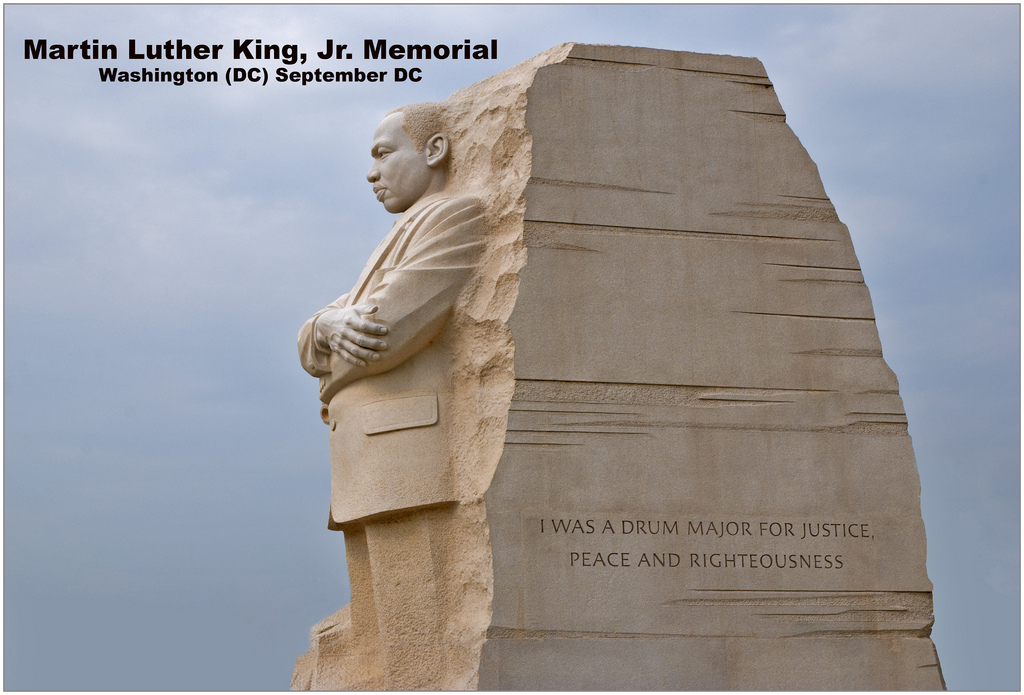
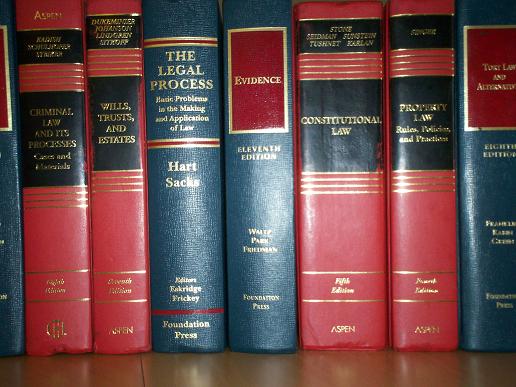
 We used a typescript copy of my small, forthcoming edited volume,
We used a typescript copy of my small, forthcoming edited volume, 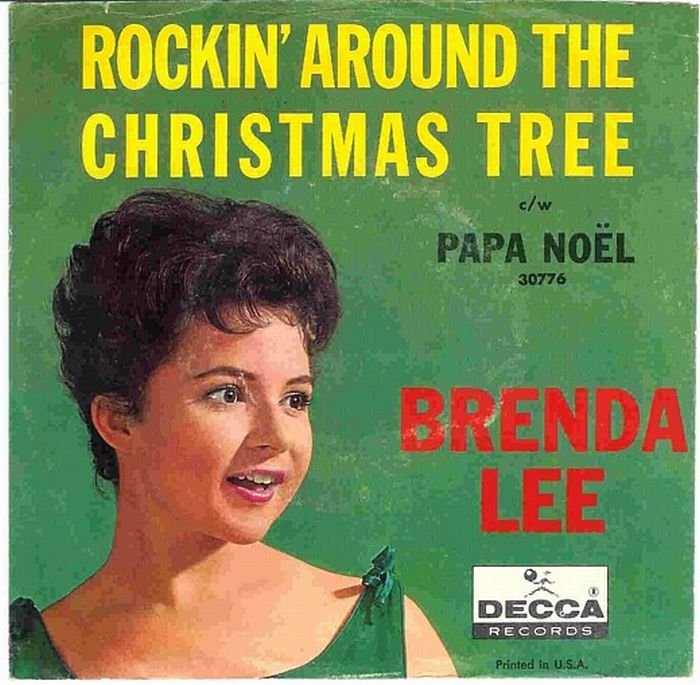
 While I was searching the web for tradition-related articles, I came across this news story written by John Laughland (a British civil engineer) who submitted an article to a Greek e-newspaper—“protothemanews.com”—entitled “
While I was searching the web for tradition-related articles, I came across this news story written by John Laughland (a British civil engineer) who submitted an article to a Greek e-newspaper—“protothemanews.com”—entitled “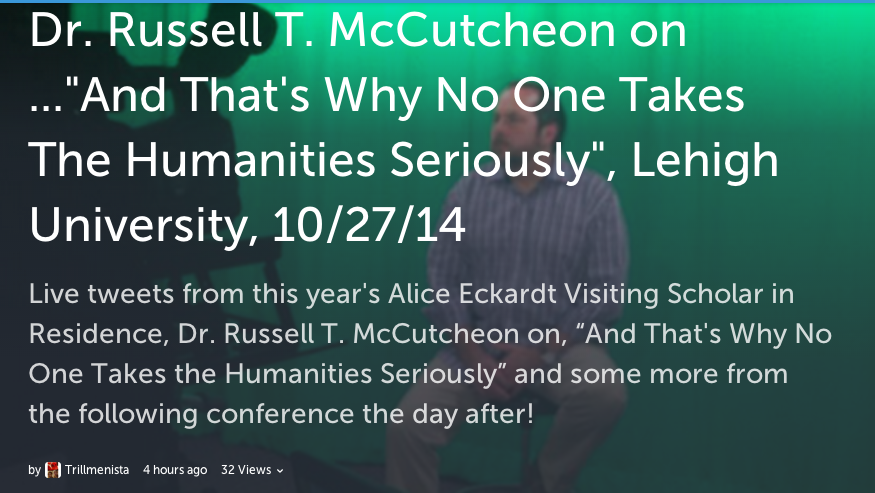
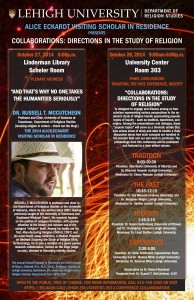
 While at a workshop in Bethlehem, PA, I stayed at
While at a workshop in Bethlehem, PA, I stayed at  A year ago, a member of the Greek Parliament, Mrs. Repousi, who belongs to the leftish political party of DEMAR (Democratic Left) provoked a series of reactions in the media with two statements (each set apart by a couple of days) that she made during discussions concerning changes in the educational system.
A year ago, a member of the Greek Parliament, Mrs. Repousi, who belongs to the leftish political party of DEMAR (Democratic Left) provoked a series of reactions in the media with two statements (each set apart by a couple of days) that she made during discussions concerning changes in the educational system.  As I got back to working on my dissertation’s chapter on tradition a question kept coming up: “What’s a tradition?” It’s the question that hunts me day and night. How do we talk about this? Is it all around us? When do we say this is tradition or traditional and what do we accomplish by saying this? Is tradition even a thing (invented or not) or is it a process?
As I got back to working on my dissertation’s chapter on tradition a question kept coming up: “What’s a tradition?” It’s the question that hunts me day and night. How do we talk about this? Is it all around us? When do we say this is tradition or traditional and what do we accomplish by saying this? Is tradition even a thing (invented or not) or is it a process?